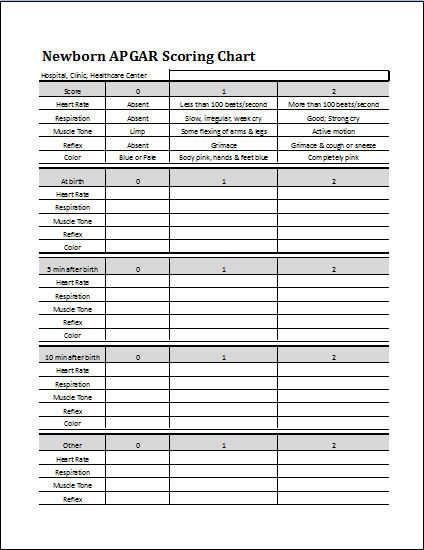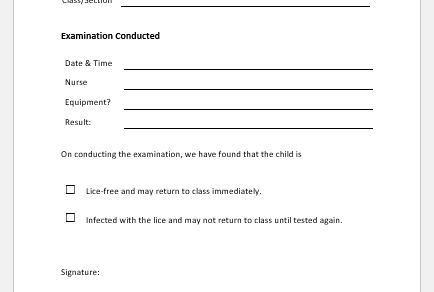The indoor treatment form, also known as the inpatient form, is for those patients who are admitted to the hospital to seek treatment that requires a long stay in the hospital. Usually, patients stay in the hospital for a long time after surgical treatment because they need to stay under the care and supervision of medical experts before they are declared to be healthy enough to walk back home and rest.
What does an inpatient treatment form do?
The purpose of using this form is to obtain information from those who want to get treatment from the hospital. Medical facilities usually create a database where they keep records of every person who gets treatment there. They also keep a record of the person who treats them, and this way, they can also monitor the performance of the doctors.
What are the reasons for using the clinic’s indoor treatment form?
Hospitals use the form for a variety of reasons. A few of them are being discussed below:
To maintain accurate records
Recordkeeping is a main target of every organization because it helps them in a number of ways. It is not possible to have a solid and accurate record unless such tools are not used that are helpful in record maintenance. Hospitals these days predominantly rely on forms to collect data and then use it for useful purposes.
They are good for the provision of high-quality care
A hospital can’t give high-quality care to patients if the individual needs of every patient are not known. Therefore, the quality of the treatment might also be compromised. But those hospitals that want patients to reap the benefits of the medical facility when they pay for it, collect information so that they know what a patient has been through and then treat him/her accordingly.
For active communication:
To treat a person, different people are working in disparate positions to communicate with others to share information and remain on the same page regarding the treatment. So, the form serves as an effective communication tool between different people working in a hospital trying to achieve a common goal which is the recovery and best treatment of the patient.
What information does the inpatient form need?
When a patient is admitted to the hospital, his stay needs to be registered as it can be used at a lot of places to prove that the patient was not well and needed extra care. The form takes the information about the patient that is essential for a medical staff. A few of the details are:
Personal information of the patient
The form collects information about the patient that helps the medical staff identify the patient. These details include name, contact details, date of birth, residential address, etc.
Assignment number
When a person is admitted to the hospital, he is regarded as an inpatient and he is assigned a unique number depending on the department in which he has been admitted. The patient is also allocated a unique bed number located in a room or bed. This information is represented in the form and needed by the staff responsible for taking care of sick people.
Cause of admission
The form also mentions the reason which led the patient to get admission to the hospital. Usually, the early condition of the patient or results of the diagnostic tests are stated in this part of the form.
Payment details
Here, the amount paid by the patient is mentioned. It also states that who is going to take on the financial responsibility of the treatment of the patient.
Duration of the stay
In some cases, it is confirmed how long a person stays in the hospital. In this case, the duration is specified, and the date on which the patient is likely to be discharged is also given.
The patient form is for those people who want to feel safe and secure and want to stay in the hospital environment unless they feel better. The patient is admitted upon the decision of the doctors, and as soon as the decision is made, the form is filled out and signed by the patient, which becomes proof that the patient stayed there with his consent.
- Nursing Documentation Templates
- Mental Health Evaluation Forms
- Forms Used by Pediatricians
- Various Forms Related to Pregnancy Verification
- Common Forms Used by ENT Specialists
- Pain Diary Worksheet Template
- Forms Commonly Used by Old Age Homes
- Medical Treatment Consent Form
- Home Exercise Program Worksheet
- Forms Used for Mental Health Assessment
- Forms Used by Psychologists
- Medical Forms Commonly Used by/for Students
- Assessment Consent Form
- Forms Used by an Anesthesiologist
- Not Fit to Fly Certificate Template


